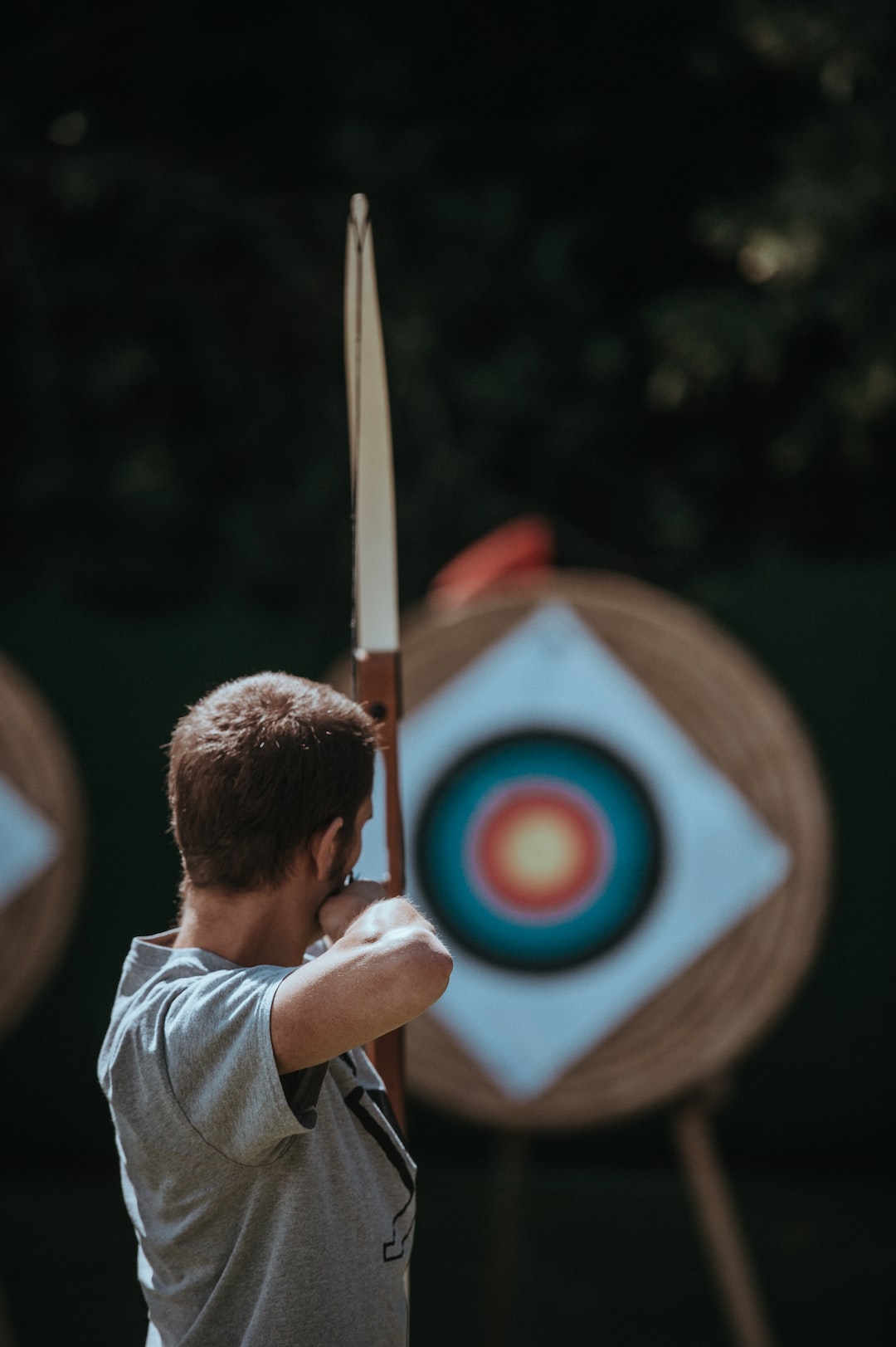Sports fandom is a complex and fascinating phenomenon that has been explored and studied extensively by psychologists. From the passionate cheers of die-hard supporters to the spirited debates that erupt over team loyalties, there is no denying the powerful influence that sports have on human behavior and emotions. But what exactly drives individuals to engage in such intense fandom, and how does it evolve into a community?
One of the key factors contributing to sports fandom is the sense of identity and belonging it provides. Supporting a particular team can be an integral part of a person’s self-concept, as it allows them to align themselves with a group of like-minded individuals and share in the triumphs and defeats of their chosen team. This sense of belonging can fulfill a deep-rooted need for social connection and affiliation, offering individuals a sense of camaraderie and solidarity with fellow fans. Studies have shown that the stronger the identification with a team, the higher the levels of self-esteem and social integration experienced by fans.
Additionally, sports fandom often serves as a means of fulfilling the need for excitement and excitement-seeking behavior. The ups and downs of a game, the suspense of a close match, and the thrill of victory can evoke a range of emotions that provide a form of escape from the monotony of everyday life. Supporting a team becomes an emotional investment, with fans riding the rollercoaster of emotions alongside their favorite players. Psychologists suggest that this intense emotional involvement can release neurotransmitters like dopamine and endorphins, creating a natural high that keeps fans coming back for more.
However, it is important to note that the psychology of sports fandom is not without its darker side. Fanaticism, characterized by extreme devotion and irrational behavior, can occasionally rear its ugly head. Instances of hooliganism, violence, and aggression have been witnessed in various sports settings, reflecting the possible negative consequences of unchecked fandom. Research suggests that factors such as group dynamics, anonymity in a crowd, and the perception of threat can all contribute to the escalation of fan aggression. Nevertheless, it is crucial to recognize that such extreme behaviors are not representative of the majority of sports fans.
In recent years, the advent of social media has fostered the growth of virtual communities centered around sports fandom. Fans can now interact with each other, share opinions, and feel connected to a larger community of supporters beyond their immediate surroundings. Online platforms provide a space for discussion, camaraderie, and the celebration of shared victories. From dedicated fan forums to Twitter hashtags, digital spaces have transformed sports fandom into a more inclusive and interactive experience, bringing together individuals from different corners of the world who might never have met otherwise.
The psychology of sports fandom is a complex and multifaceted area of study that holds numerous insights into human behavior and social dynamics. From the deep emotional investment and identity formation to the wider sense of community, the power of sports to bring people together and unite them behind a common cause is remarkable. While fanaticism and aggression may occasionally cast a negative light, it is essential to focus on the majority of fans who find joy, camaraderie, and a sense of belonging in the world of sports. So the next time you witness passionate fans cheering for their team, remember that behind the noise and excitement lies a vibrant community built on shared passion and camaraderie.

